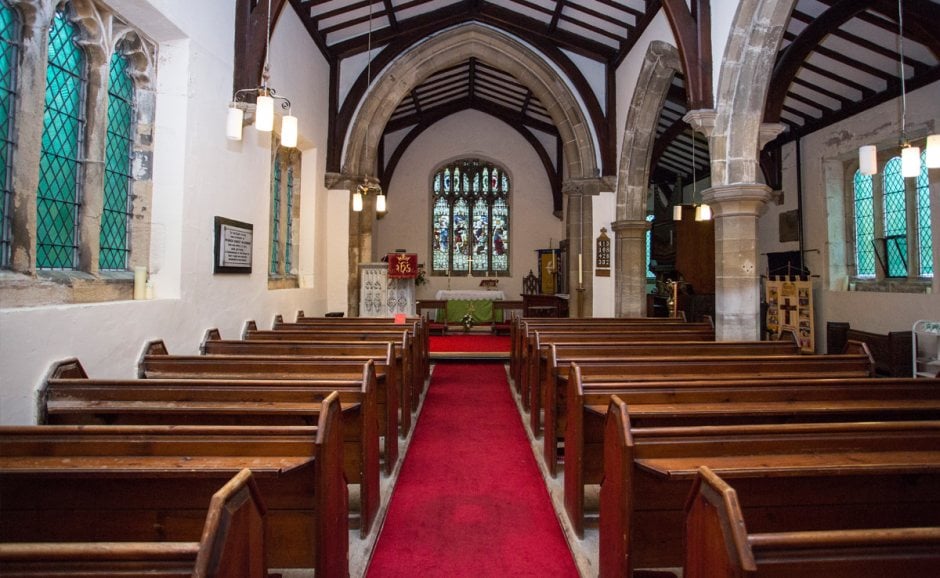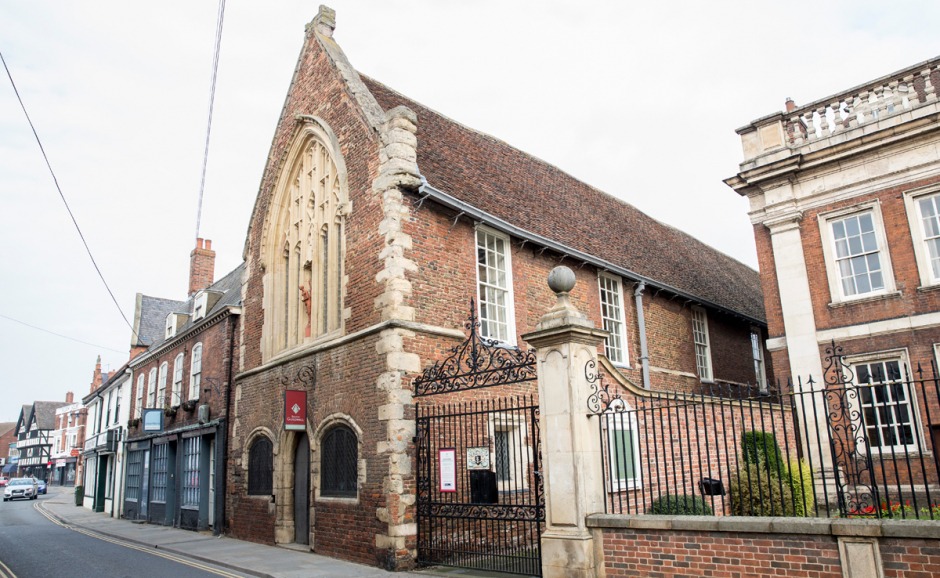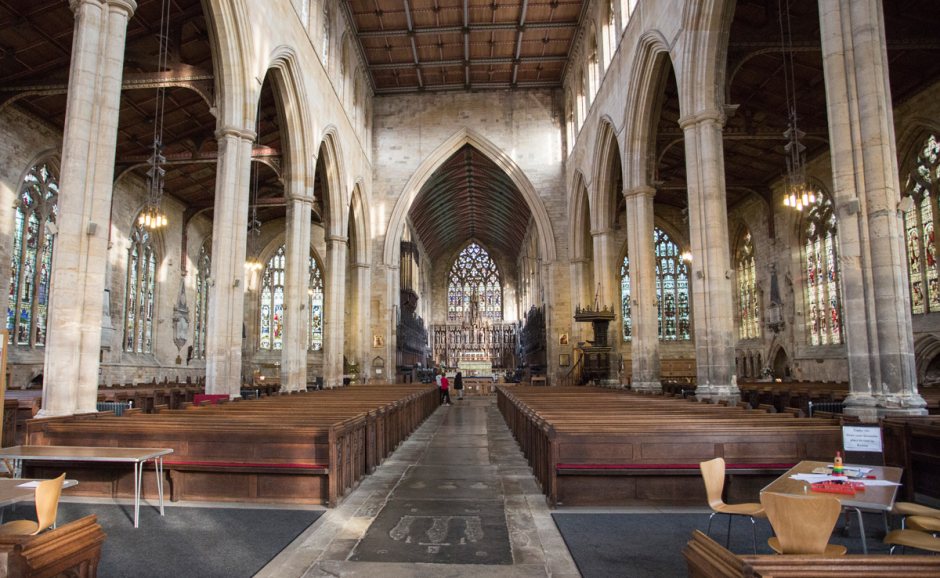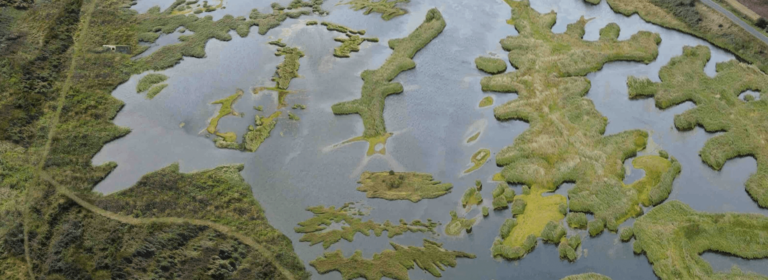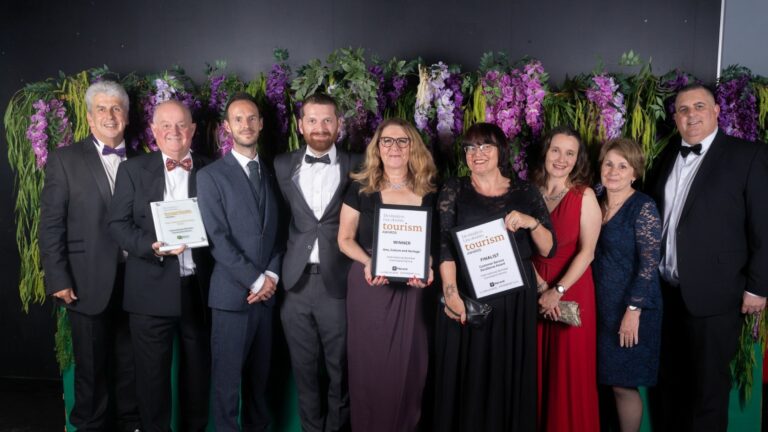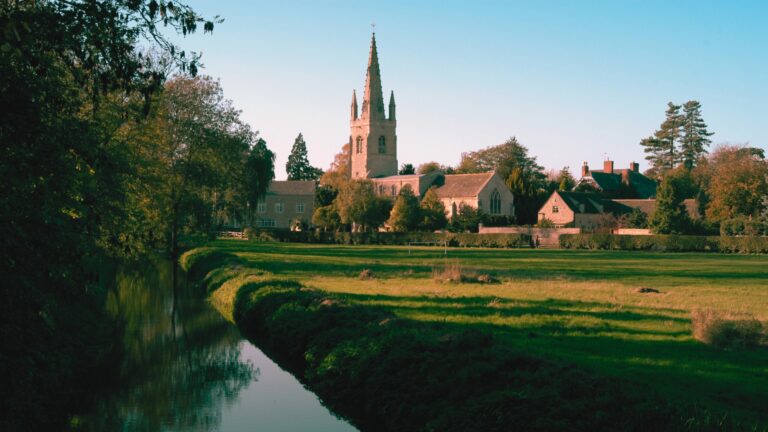Lincolnshire played an important role in the iconic journey the Mayflower Pilgrims undertook nearly 400 years ago in search of freedom in the New World.
The East of England was the original home of the Mayflower Pilgrims and Lincolnshire has some incredible links to their journey as they sook religious freedom.
In the seventeenth century religion was dictated by the Head of State: not conforming to the religious ideals of the time was treason. Due to their rejection of the ‘corrupted’ Church of England, a group of Puritans known as the Separatists decided to worship in secret, facing arrest for their non-conformity.
A small congregation of Separatists formed in Scrooby as well as another group in Gainsborough. The then owners of Gainsborough Old Hall, William Hickman and his mother Rose, were sympathetic to the Separatists and are thought to have allowed them to hold secret meetings at the Hall in the early 1600s.
Although leaving England without permission was illegal at the time, both the Gainsborough and Scrooby congregations decided to flee its religious persecution and head to Holland in 1607 in search of a place to worship freely.
The Mayflower Journey
The night they were due to leave for Holland from a port at Boston, south Lincolnshire, part of the Scrooby group (including Bradford and Brewster) were betrayed, captured, stripped of their possessions, and paraded in front of the town. A memorial today stands in Scotia Creek, Fishtoft, where the failed escape took place.
After their capture, they were imprisoned in Boston Guildhall (pictured) where you can see the cells today, with a plaque commemorating the Pilgrims. After a month’s imprisonment, most of the group were released to return home, but several of the ringleaders were sent to the higher Assizes Court, likely to be the one found at the time in Lincoln Castle.
The Pilgrims succeeded in their escape to Leiden, Holland, on their second try in 1608 from Immingham Creek, North Lincolnshire, in the Humber and met up with other groups that had eluded the authorities. A memorial today stands at Immingham to mark the journey – made with rock from Plymouth, Massachussets, USA – and many streets in the town are named after Mayflower passengers (including Bradford and Clyfton).
The group had mixed success in Holland and, after calls for arrest from authorities in England, some decided to depart across the Atlantic Ocean to settle in the New World. The groups eventually set sail from Plymouth, Devon, in September 1620, landing on November 9th at Cape Cod in New England – now the USA.
#Mayflower400 National Trail - Exploring Pilgrim Roots
Lincolnshire After Mayflower
Meanwhile, at St Botolph’s Church in Boston, Lincolnshire (also known as the Boston Stump), Rev. John Cotton preached his Puritan views to the inhabitants of Boston and beyond, becoming extraordinarily popular with even the gentry, and in trouble with the Church authorities. He urged his congregation to settle in New England, USA, too and would eventually travel himself to help found one of the earliest churches in Boston, Massachusetts.
Edward Winslow, a passenger on the Mayflower, wrote the book ‘Good News from New-England’, published in 1624. A copy can be found at Lincoln Cathedral today which diplomatically portrays the Pilgrims’ first years in New England.
Bradford, Brewster, and Winslow are just three of the 102 Mayflower Pilgrims that 10 million people in the United States of America, and 35 million worldwide, can trace back their ancestry back to. Their family roots are firmly placed in Nottinghamshire, Yorkshire and Lincolnshire thanks to this amazing journey.
For more information about the start of the Mayflower Journey and its connections to Lincolnshire please visit the Pilgrim Roots website, Discover Gainsborough and MyBostonUK.com.
For more information about the whole Mayflower Journey please visit the Mayflower 400 website .
